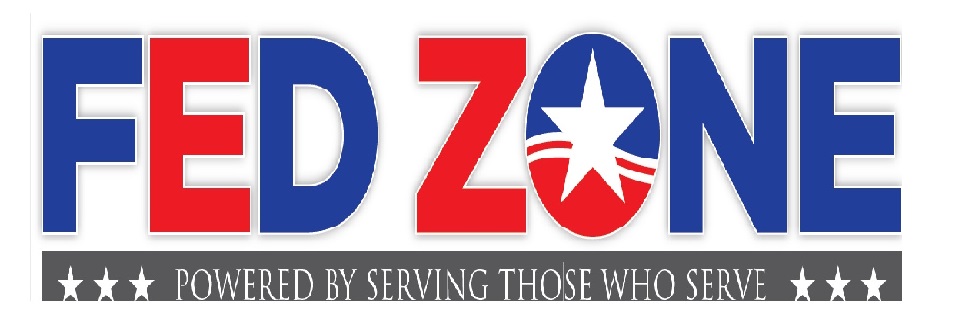
Like employees who work in private industry, federal employees face a challenge each year in selecting a health insurance plan that best meets their and, if applicable, their family’s medical needs. Fortunately for federal employees and annuitants, there are a number of tools and resources available to help employees and annuitants choose the right health insurance plan and subsequently reduce what they must pay for their medical care. The process begins with selecting the right Federal Employees Health Benefits (FEHB) program health insurance plan during the annual FEHB “open season” (held this year between Nov. 9, 2020 through Dec. 14, 2020). Once FEHB health plan coverage becomes effective on Jan. 3, 2021, the process continues by plan enrollees making the most of what their FEHB health plan has to offer (especially preventive care services), and the process ends with FEHB plan enrollees committing to a healthy lifestyle. This column discusses what needs to need to be considered in selecting the right FEHB health insurance plan and committing to a healthy lifestyle..
Selecting the Right Health Insurance Plan
Selecting the right FEHB plan is critical when it comes to keeping one’s health care costs low. But with numerous FEHB program plans available, it can be difficult for employees and annuitants to find the right health insurance plan. When comparing FEHB program plans, employees and annuitants should consider the following items associated with a health insurance plan:
- Premiums. While no one wants to pay more in premiums than they have to, the cheapest priced policy does not necessarily mean the best policy in terms of quality.
- Deductible. The amount in expenses the insured incurs that must be paid out-of-pocket before the policy begins to cover for most medical expenses. Note that under the Affordable Care Act (ACA), preventive care (for example, annual well visits) are covered before reaching the deductible.
- Copayments. Usually a flat amount per visit or service.
- Coinsurance. Represents the insured’s portion of the bill, typically assessed as a percentage of the billable amount.
- Network. The health care providers and facilities that accept the insurance policy.
- Coverage. The care covered by the policy. Some services must be covered by law but others, such as dental and vision, are optional.
If an employee/annuitant expects to have high medical bills, then paying a higher premium in exchange for lower out-of-pocket costs may be a smart choice. Those employees/annuitants with families who are relatively healthy could save the employee/annuitant money by selecting a high deductible health plan (HDHP) with lower premiums. This is especially the case if the employee/annuitant is enrolled in an HDHP associated with a Health Savings Account (HSA), as is now discussed.
Health Savings Account Associated with a HDHP
An HSA is a tax-exempt trust or custodial account that an individual sets up with a qualified HSA trustee to pay or reimburse certain medical expenses the insured or insured family member incurs. Only certain individuals qualify for establishing and contributing to an HSA.
Perhaps the main prerequisite to contributing to an HSA is that one must be enrolled in an HDHP, and not covered by any other non-HDHP insurance including TriCare and Medicare. The following is a summary of how HDHPs and HSAs can reduce the insured’s out-of-pocket medical bills:
- By being enrolled in an HDHP, the insured typically pays a lower monthly premium but has a higher deductible.
- By combining the HDHP with an HSA, the insured can pay that deductible plus other out-of-pocket qualified medical expenses not covered by insurance using tax-free withdrawals from the HSA, that was funded with before-taxed dollars.
- The HSA balance rolls over year to year without a “use or lose” rule. Meaning that the insured (the HSA owner) can build up reserves to pay for health care items and services needed later, including medical expenses incurred in retirement.
Once FEHB open season begins, employees and annuitants are encouraged to review the new brochure for their current FEHB health insurance plan. In particular, they should review section two which contains changes for the year 2021, including those for benefits, costs and plan areas. Employees and annuitants can use a comparison tool on OPM’s website.
Another comparison tool is available from Consumers’ Checkbook magazine. Items that should be checked and compared among the FEHB plans are:
- Coverage of benefits that an employee/annuitant will need
- Prescription plans
- Doctor networks
- Telehealth availability
- Mental health coverage
Free Preventative Care
The COVID-19 pandemic that has affected all Americans including federal employees and annuitants for almost all of 2020 has resulted in many federal employees/annuitants choosing not to visit their doctors for optional care because of fear of being exposed to the coronavirus. Optional care includes well visits.
Choosing not to visit one’s doctors for optional care especially well visits is not prudent. It is often less expensive to treat minor problems than major medical issues. By taking advantage of a FEHB health insurance plan’s free preventive services, an employee, annuitant or family member may be able to identify areas of concern before they turn into something more serious.
Under the Patient Protection and Affordable Care Act (PPACA) all health insurance plans including FEHB plans, must include a number of preventative services free of charge without any deductible, copayment or coinsurance requirements. These free services range from a number of cancer screenings and immunizations to well-man, well-woman and well-child visits.
Making Smart Lifestyle Choices
According to the Center for Disease Control and Prevention (CDCP), chronic disease is responsible for 86 percent of the country’s health care costs. Many of these conditions are attributable to unhealthy lifestyle choices. Besides costing money for disease management, chronic conditions can result in expensive inpatient stays which are not cheap.
One can reduce one’s chances of developing a chronic condition or needing to be hospitalized by eating a balance diet, staying active, and avoiding risky behavior.
Federal employees and annuitants need not pay more for their health care expenses than they have to. Choosing the right FEHB plan for themselves and members of their families, taking advantage of preventive care services as provided by their FEHB health insurance plan, and making smart lifestyle changes should help lower medical costs and will likely put more money in the pockets of employees and annuitants.
You Might Also Enjoy This Podcast
Edward A. Zurndorfer is a CERTIFIED FINANCIAL PLANNER™ professional, Chartered Life Underwriter, Chartered Financial Consultant, Chartered Federal Employee Benefits Consultant, Certified Employees Benefits Specialist and IRS Enrolled Agent in Silver Spring, MD. Tax planning, Federal employee benefits, retirement and insurance consulting services offered through EZ Accounting and Financial Services, and EZ Federal Benefits Seminars, located at 833 Bromley Street – Suite A, Silver Spring, MD 20902-3019 and telephone number 301-681-1652. Raymond James is not affiliated with and does not endorse the opinions or services of Edward A. Zurndorfer or EZ Accounting and Financial Services. The information has been obtained from sources considered to be reliable, but we do not guarantee that the foregoing material is accurate or complete. While we are familiar with the tax provisions of the issues presented herein, as Financial Advisors of RJFS, we are not qualified to render advice on tax or legal matters. You should discuss tax or legal matters with the appropriate professional.

